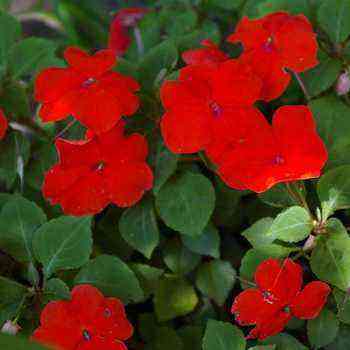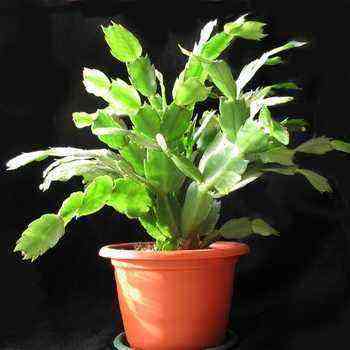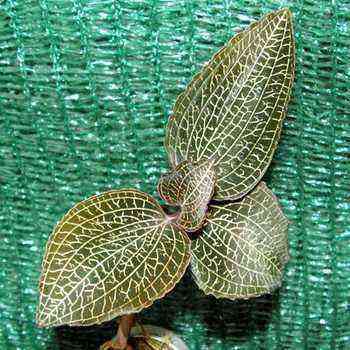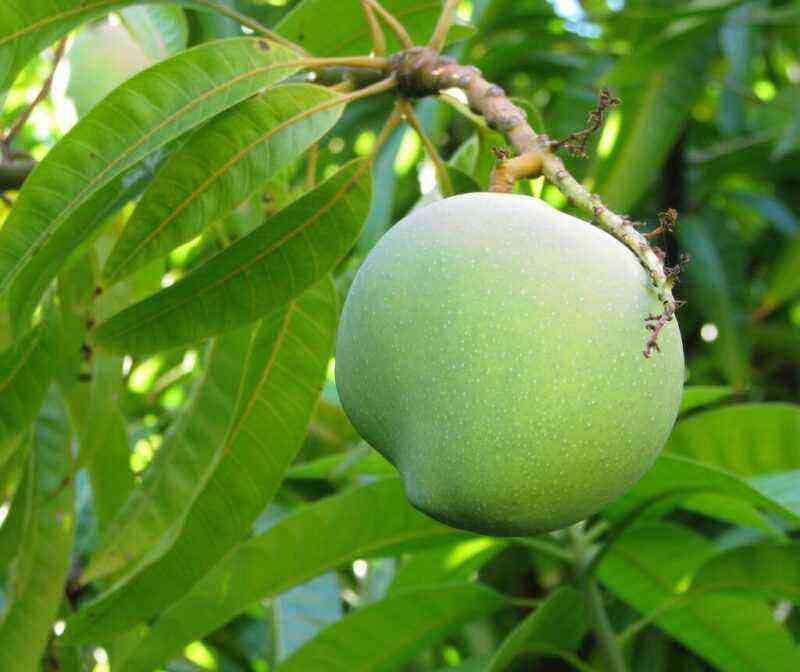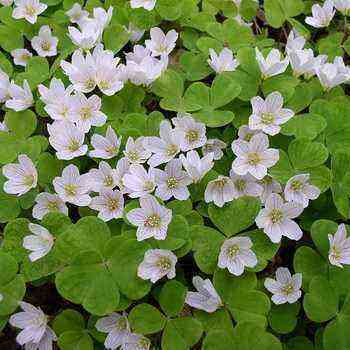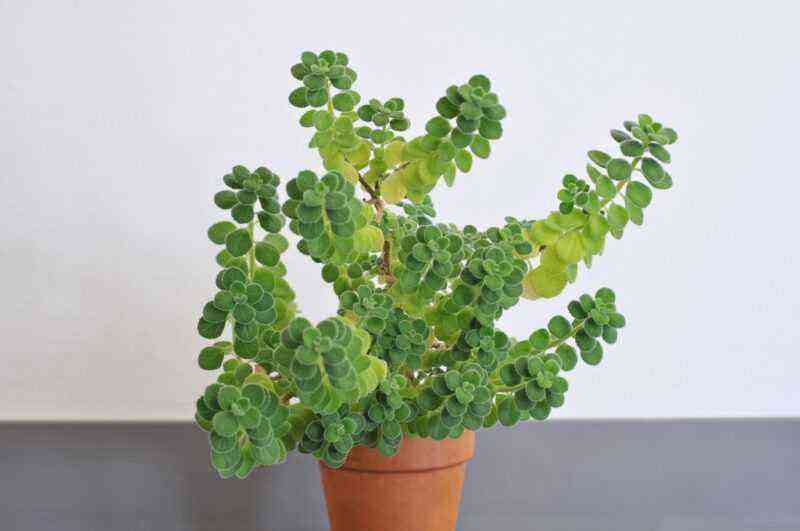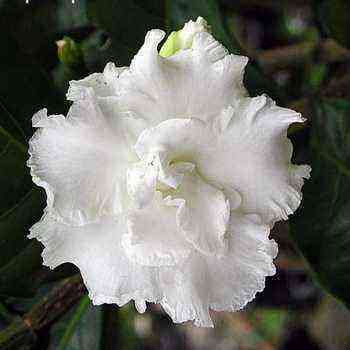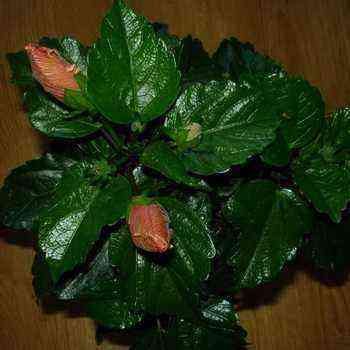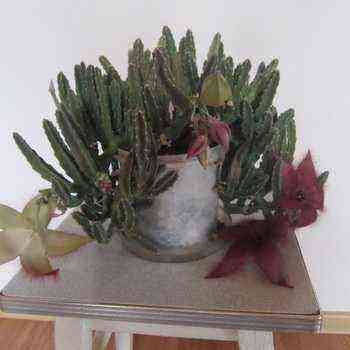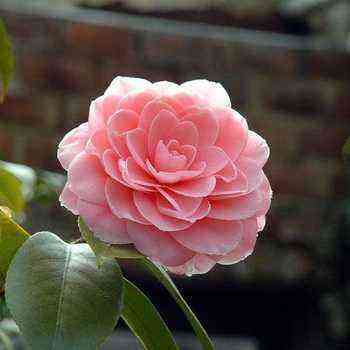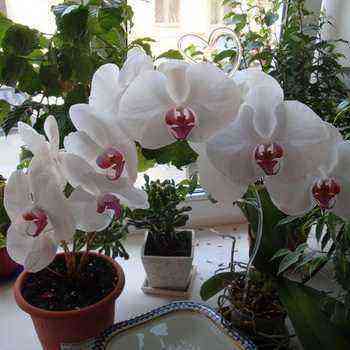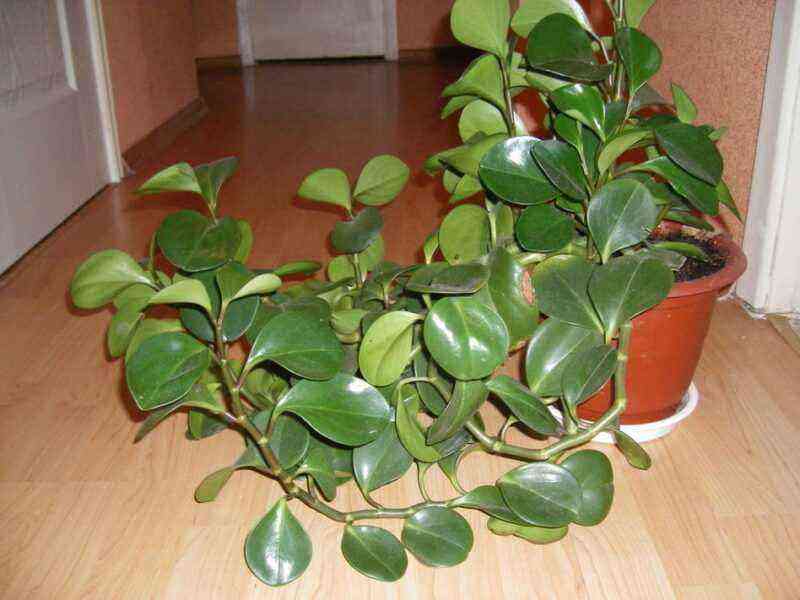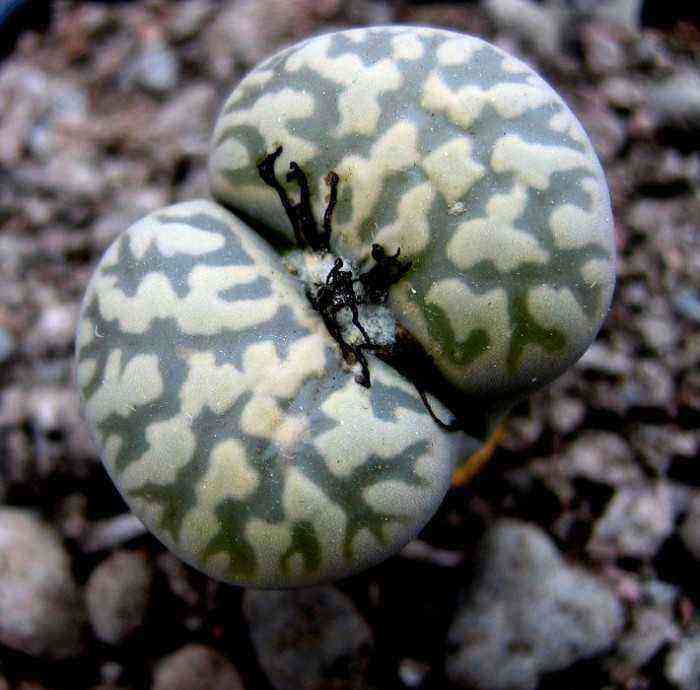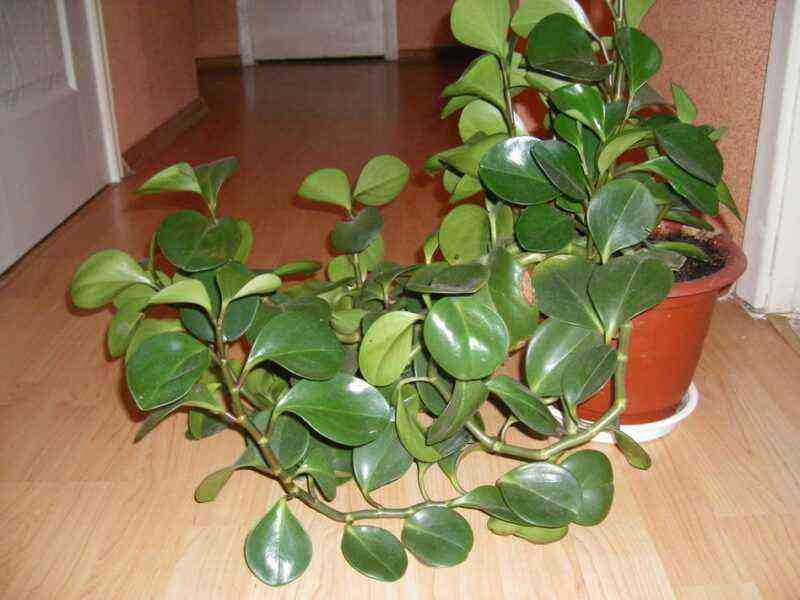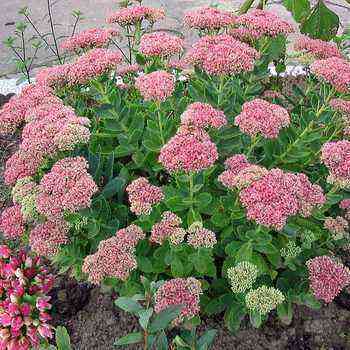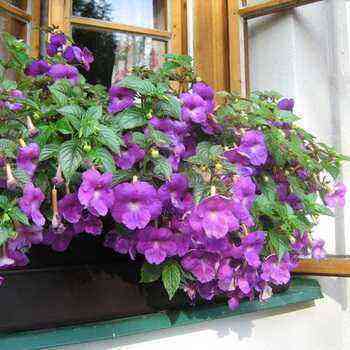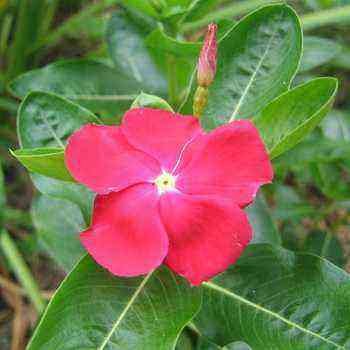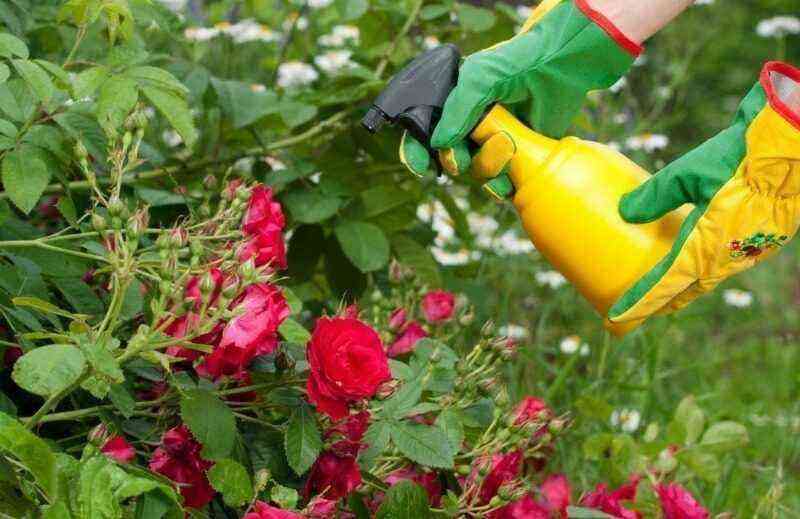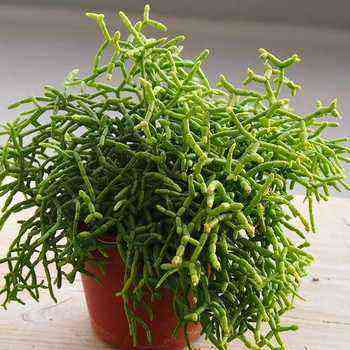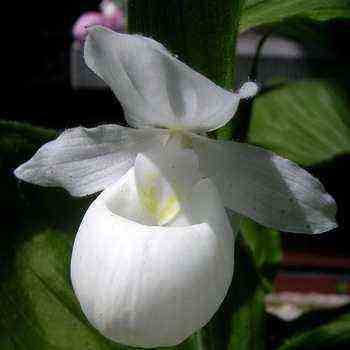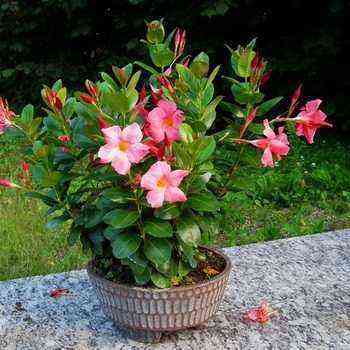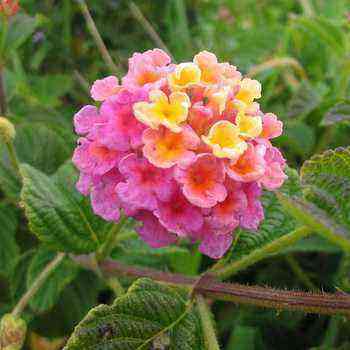The pandanus palm is also referred to as the spiral pine or Pandanus. It is a genus of 600 known species. Depending on the species, they can be either monoecious or dioecious. It is classified as the Pandanales family, genus Pandanova.
The pandanus palm genus includes subspecies from the West African region in the east and Hawaii, in coastal and mountainous areas at an altitude of 3-4 meters. It also grows along the Indian East, along the coasts of Western India and Sri Lanka. Further inside the country, it is found less and less, but in a scattered order they can still be found on the territory of the eastern part of North India, including in the lowlands of Nepal. The pandanus is considered by some to be a species of the aromatic subspecies P. tectorius Parkinson’s, which has a much wider range from Australia to Polynesia. Pandanus grows and develops well at home, does not require complex care.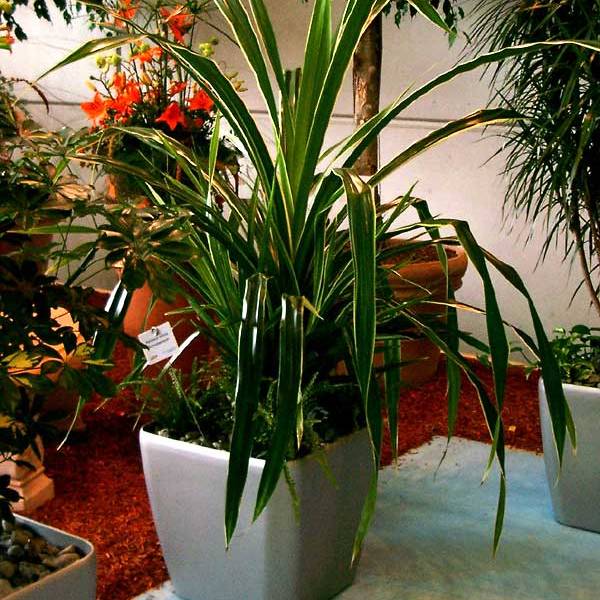
Pandanus flowers spring from the pandanus palm. It is cultivated in India and has a delicate, floral scent.
Description of the pandanus and his photo
The flower, on the other hand, has a sweet, fragrant scent that is very pleasant and a bit like the smell of a rose. The leaves are heavy and very durable.
Plants can differ in their appearance, for example, there are indoor pandanuses one meter high, and there are also trees 20 centimeters long (as a rule, they have a wide peak and grow very slowly). Look at the pandanus in a photo from different phases of development:
The wide trunk has a lot of branching and needle-like leaves with scars. Typically, the pandanus palm has strong, thick roots at the base – they provide support for the flower during the growth and development process, especially the growth of its upper part with leaves and fruits.
Belt-like leaves can range in size from 30 centimeters to 2 meters in length and from 1,5 centimeters to 10 centimeters in width. Since the flower is bisexual, the flowers can be both female and male. Naturally on different plants.
Male flowers on a tree can reach a length of 2-3 centimeters, have a pronounced aroma and are surrounded by narrow white bracts.
Below we offer you numerous photos of the pandanus: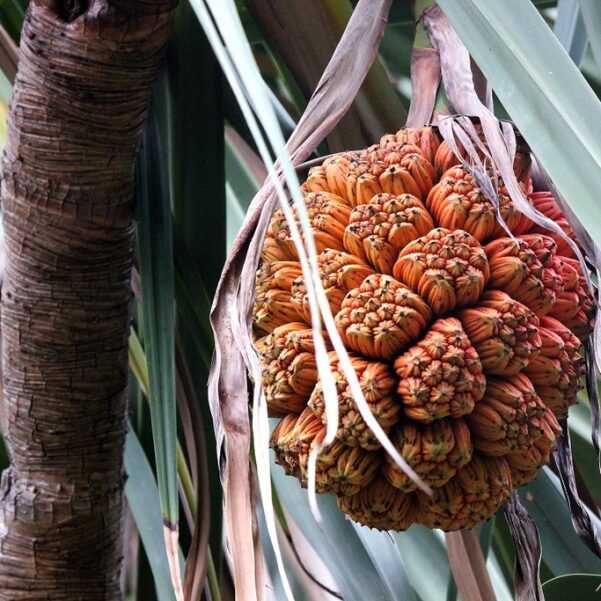
The female pandanus tree at home, with proper care, produces flowers with large fruits, which also have a bracts surrounded. The fruits are in the shape of a ball with a diameter of 10-20 centimeters and have many prisms, like divisions, outwardly resembling a pineapple fruit. Typically, the fruit changes in color from green to bright orange or red when fully ripe. Fruits of some species may even be edible, and some animals feed on them, including bats, rats, crabs, elephants and monitor lizards.
Over time, the lower leaves of the pandanus fall off, leaving scars on the surface, which can make the trunk appear to be twisted in a spiral, and the flower takes on the appearance of a false palm.
Pandanus Care at Home
Caring for indoor pandanus is not as difficult as you might think at first glance. Provide the flower with a bright, diffused color (but not the most dangerous, daytime) – with a lack of sunlight, the foliage becomes weaker and subsequently sags. Leaves with a variegated, picturesque color, with a lack of light, lose their color. In winter and autumn, when caring for pandanus at home, the flower does not need a shadow at all, on the contrary, it is at this time of the year that you need to provide access to as much light as possible. You can use not only natural light sources, but also artificial ones – table lamps, etc. things. Place them at a distance of a meter from the object for 6-8 hours a day.
The best options are east and west windows. The plant is not recommended to be taken outside, and in winter it should be stored in a room with a sufficient amount of light and an air temperature of 18 ° C, and in winter it can be within 15, but not lower, and for a short time.
You should not be active with drafts, but it is necessary to ventilate the room a little during wintering. And do not forget to periodically rotate the pandanus container for home care (for even development).
Pandanus does not tolerate excess water very well, so in summer and spring it is necessary to water every other day so that the earth has time to dry out. You can water abundantly, but after 30 minutes of the procedure, be sure to remove all excess water. Watering a flower requires warm water at a temperature of 30-35 degrees. It is good if the water is soft and settled. In winter, the amount of watering must be reduced – it is especially sensitive to a large amount of moisture at this particular time of the year. Watering with cold water can cause numerous plant diseases.
Pandanus easily tolerates the lack of moisture at home, but this does not mean at all that you can do without additional spraying. At least once every one to two weeks, the procedure must be carried out, and also to additionally remove dust from the leaves with a damp cloth (starting from the base and ending with the top). Often, the flower may develop aerial roots that you are unable to remove. To avoid drying out, we recommend covering them with moistened moss and remembering to change it from time to time.
Pandanus transplant
Pandanus at home should be transplanted only as needed, that is, when the roots braid the entire surface of the earth in the pot. Usually, younger ones need an annual transplant, adults can be a little less often – once every two to three years. The pandanus palm has very fragile roots, so it must be transferred to another pot in the literal sense of the word (and carefully make sure that the earthy ball is not destroyed).
The container for the new sprout should be deeper than the previous one and consist of drainage by 1/3. Do not plant it deeply – leave the flower at the same level as it was before.
Experienced gardeners recommend collecting thorny roots in a knot before transplanting, so you will not damage either yourself or the flower.
Pandanus: breeding methods
There are three ways pandanus can be reproduced at home. Properly organized care of the palm tree guarantees a constant growth of new shoots, which root perfectly in a wet substrate. Let’s consider the main ways of reproduction of the pandanus.
- 1. Seeds. They are immediately thrown into the soil with peat, sand and leafy soil without preliminary treatment. Then cover them with a plastic or polyethylene cap and keep them in a room with a temperature of at least 25 degrees. Remember to water and spray the sprouts regularly, and ventilate from time to time. Subject to all conditions of detention, after three to four weeks, the first sunrises appear. If you want to speed up the process, you can use special mini-greenhouses, which have bottom heating. When 2-3 leaves appear on each seedling, you can transplant them into separate pots with soil from sod and leafy soil and sand.
- 2. Cuttings should be taken from the side shoots of pandanus – they should be at least 20 centimeters. The cut points must be healed by filling them with charcoal. Prepare the soil with peat and sand, and then, like the seeds, leave for a while under a glass or plastic cover in a room with a temperature of at least 25 degrees. After one and a half two months, subject to all conditions, the sprouts should already take root.
- 3. At the root and on the leaves, daughter rosettes may appear, with the help of which pandanus can also be propagated. It is worth separating them when they reach 20 centimeters. The cut rosettes are allowed to dry for one day, and then planted in the soil with drainage from shards of coarse sand. It is necessary to plant in at a depth of at least two centimeters, tamp it well, spray thoroughly with water (well, or simply pour it over) and cover with glass. Gardeners advise using bottom heating and maintaining a moderate soil moisture. Rosettes take root in one and a half to two months. After two months, they can already be transplanted into a separate pot.
Pandanus veitch
Pandanus veitch develops as a shrub. This plant, even in winter, has a green color and is small in size, but certain varieties can reach one and a half meters in height. They retain their foliage in their natural form in winter. The leaves of this subspecies are very developed – they are long, arched. the appearance is very reminiscent of a palm tree due to the rather high lower part of the trunk.
Must be kept at a minimum indoor temperature of 15 degrees Celsius. And you should check the weather at night before leaving it outside – additional insulation may be required. Plants kept at home must be protected from direct sunlight, which can damage the surface of the leaves (this danger is especially exacerbated by the middle of summer, during the hottest time).
In the spring, during the growing season, along with watering, feed the pandanus with fertilizer for flowering plants once every two weeks. When choosing a fertilizer, pay attention to the fact that it should contain nitrogen and potassium (they contribute to the balanced growth of new shoots).
Watering pandanus veich should be moderate, but at the same time having well wetted the soil (skilled gardeners have calculated that 2-3 glasses are enough for every week). Do not leave water in the saucer after watering – this can promote the formation of fungus.
This variety prefers well-drained soil.
Using pandanus
The pandanus fruit is used as a fruit or as a seed. The edible fruit of the flower has a red or yellow tint. And after processing, the inhabitants of Polynesia use them as soap. Edible pandanus seeds are completely inedible raw as they require special thermal treatment.
The plant is also used as a flavoring agent for foodstuffs, especially for sweets in North India: pandanus liquid is used there along with sugar and milk as the main ingredient for various treats. In Southeast Asia, it is used to make rice to accentuate the flavor of curry.
An essential oil is produced from the flower and is often used as a flavoring agent in ice cream and drinks. This oil has a unique and sweet aroma.
At home, pandanus is used for landscaping interiors and creating a favorable microclimate. The palm tree perfectly collects all harmful substances from the surrounding air and enriches it with oxygen and essential oils. This contributes to the destruction of pathogenic microflora.
In Oceania, pandanus is used to make materials for the housings of household appliances, clothing and textiles (including various bags and decorative rugs), food, medicine, jewelry, fishing and religious ceremonies.
Its leaves can be chewed as a sweetener or as a means of fresh breath. Also, scientists have proven that the plant contains flavonoids that have a number of healing properties – antiviral, anti-allergenic, antiplatelet, anti-inflammatory and antioxidant.
By the way, cockroaches cannot stand the smell of pandanus, so you can use the leaves or seeds as a pest control.
The plant grows well and develops at a level of 3 thousand meters above sea level. It is of great economic, cultural and recreational importance for the territory of North India – in value it can be confidently equated to coconut.
In some territories, pandanus is the basis of handicraft production – usually workers collect leaves, finely chop them and prepare them for the manufacture of various textiles and other household items.

